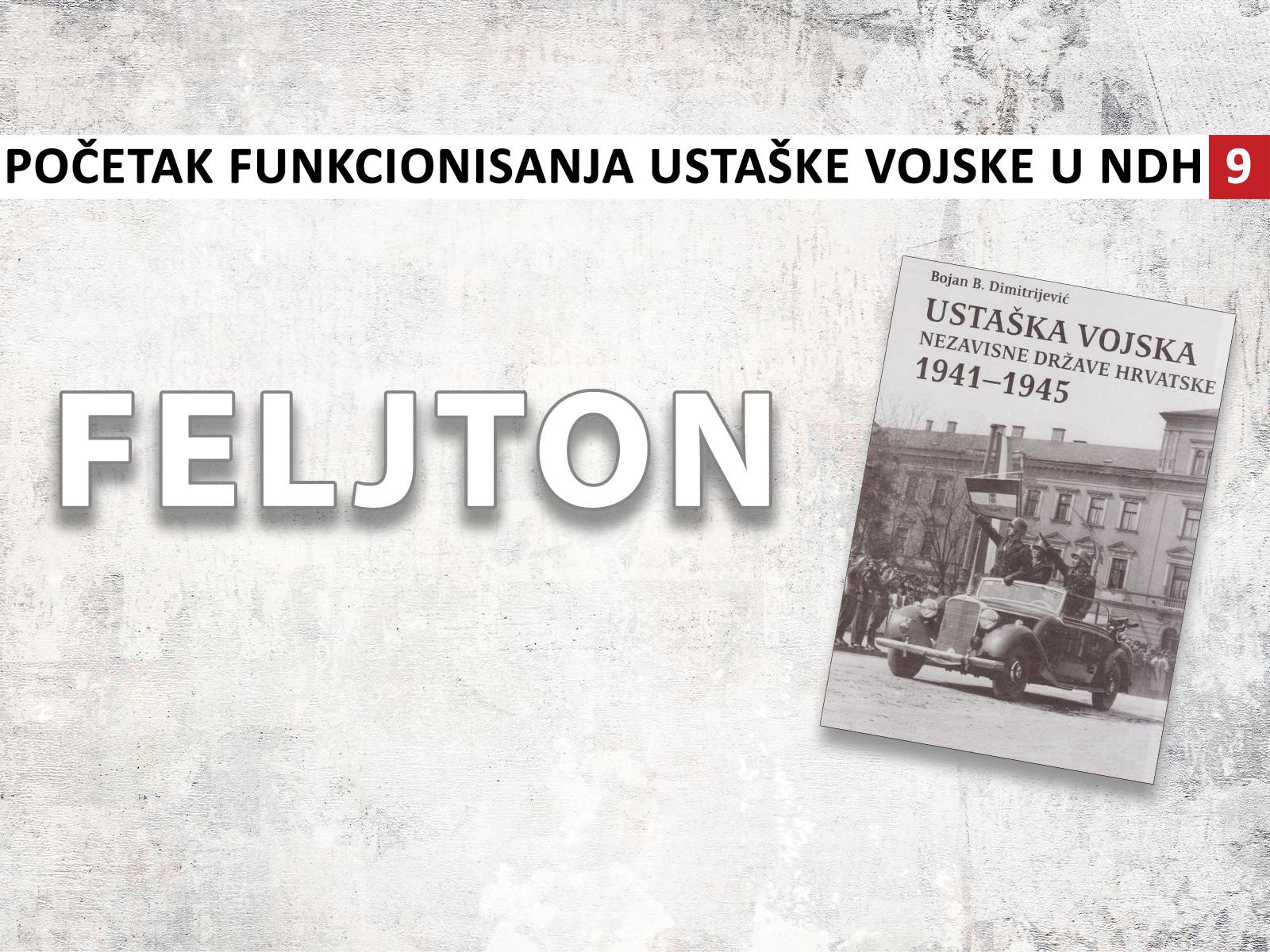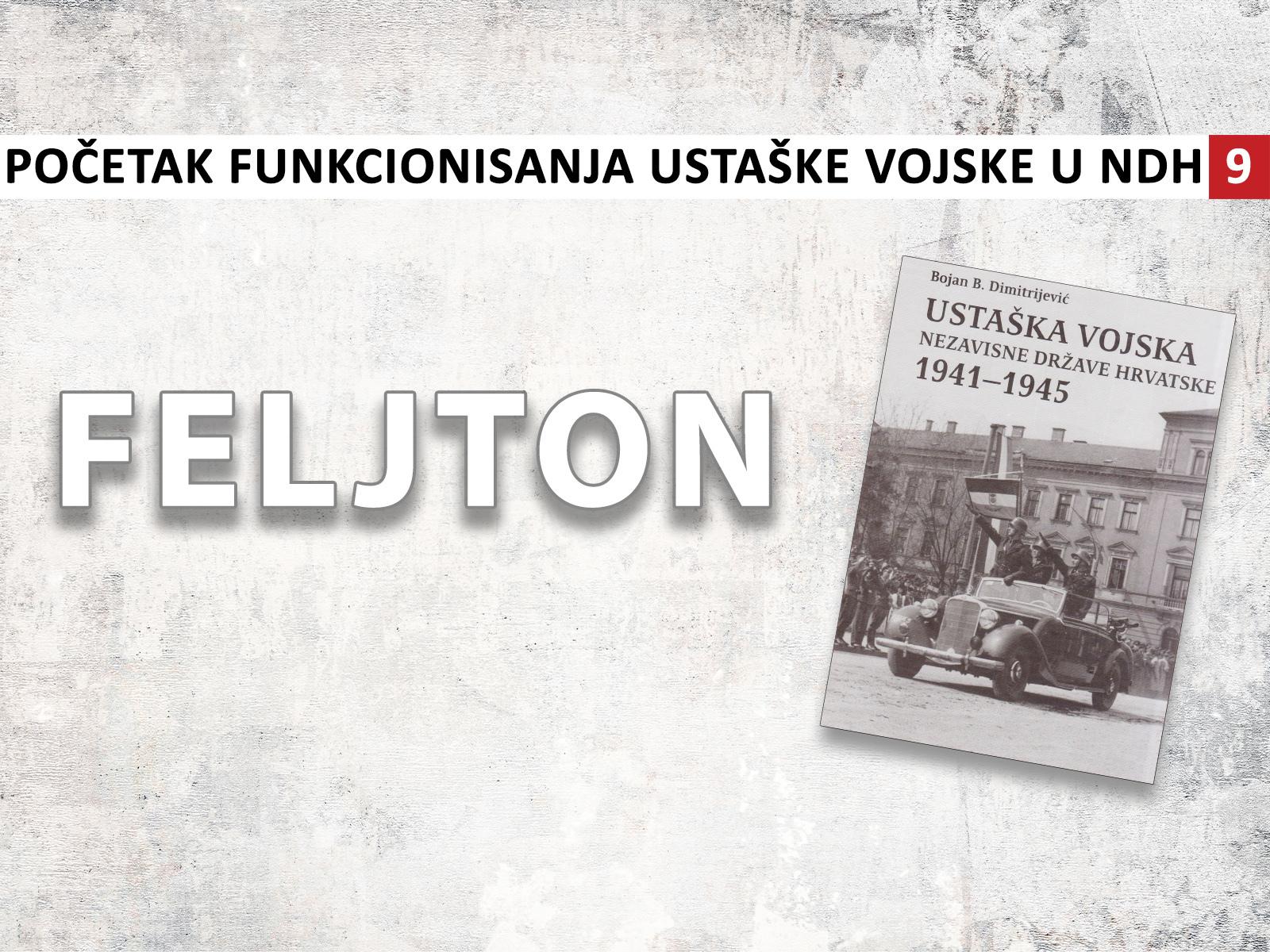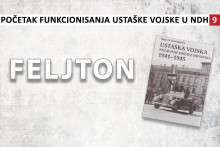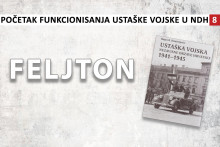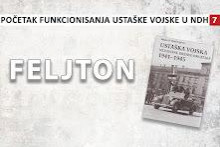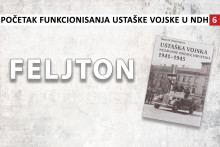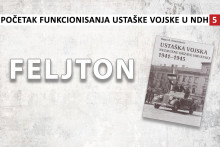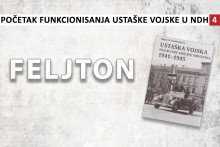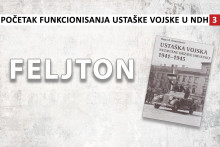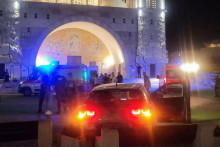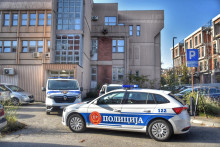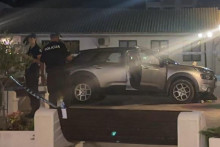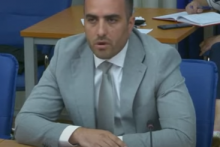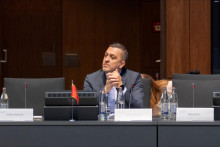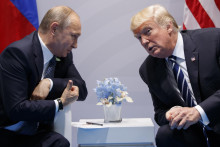The Rise of the Ustaša Army in NDH: Weapons, Fear, and Controversy
Did you know that the beginning of the Ustaša army’s operation in the Independent State of Croatia (NDH) was marked by systematic disarmament of Serbs and the creation of an atmosphere of fear? This is not just a history lesson but a documented reality by the camp commander of the Bijeljina district, Pašić, who personally oversaw Ustaša activities in the area.
Organization and Arming
Ustaša commissioner Juraj Francetić, with the help of Hakija Hadžić, organized Ustaša units in Bosnia, especially in the Bijeljina district. Within just three months, the Ustaša managed to arm a large number of Croats, Muslims, and Catholics, while Orthodox Serbs were disarmed. Weapons were collected from all over and handed over to the Croatian army, causing fear and insecurity among the Serbian population.
Creating Fear and Control
Although there were no mass killings in the first months, the Ustaša movement succeeded in establishing full control over the Orthodox Serbs, creating an atmosphere of fear that kept them under control and prevented any illegal actions. The Ustaša presented themselves as an organized and effective force, and their brutality and repression left deep scars.
Ustaša Units in Herzegovina
The example of the Aladinići municipality in Herzegovina shows how Ustaša units were formed in villages, with Ustaša officials and squad leaders controlling and transmitting orders. Villagers were forced to surrender weapons, and Ustaša guards were armed and ready to enforce repression.
Controversies and Unresolved Cases
Although Ustaša units were active and armed, many of their crimes and reports remain unresolved to this day. Camp commander Pašić noted that the youth in the Ustaša battalion gathered in the camp are still unexamined, and justice has not been served.
Conclusion
This dark period in NDH history shows how the Ustaša movement systematically used weapons and fear as tools of control and terror over the Serbian population. Despite decades passing, the consequences of these events still echo in collective memory and require serious confrontation with the past.
If you think this is just another historical story, think again. How would the world look today if such things happened again? Share your thoughts—maybe your perspective will remind us all why remembering and learning from history matters.





